Fans of East Coast surfing magazines were fortunate that the surfers who launched the four detailed below hadn’t learned much about magazine economics before they paddled out. Had they done hard-eyed business plans, they would have found the chances of sustained success were extremely slim. That harsh economic reality probably would have stopped them on the sand. Thousands of East Coast surfers are glad it didn’t.
The first magazines were published in three Northeast states. Atlantic Surfing in New York, Surfing East in New Jersey and Competition Surf in Connecticut. A decade later, Surf was published in Florida.
Because there are so many millions of people living within close access to the Atlantic shoreline, the US East Coast is the biggest surfing market in the world. It stands to reason that at least one East Coast magazine could succeed there.
Eastern Surf has shown that an East Coast magazine can survive and prosper. They’ve been at it since 1991 and are still going strong.
Editors note: Eastern Surf Magazine (ESM) ceased print production but is still available online
Atlantic Surfing
In summer 1964, having returned from Miami Beach where they were hotel beach boys, New Yorkers Paul Chapey and John Gundersen met Bruce Brown and Hobie Alter, who were traveling the East Coast together. Brown was showing the 16 mm version of The Endless Summer. Alter was visiting Hobie dealers and setting up new dealerships. Phil Edwards, Joey Cabell and Corky Carroll were along for the trip.Brown let Chapey and Gundersen pass out mimeographed sheets at some of his shows. The partners asked for photo and writing contributions for Atlantic Surfing, the magazine they were planning. In a short time, their mailbox was full of material that made up some of the content of the first issues.
Partners Chapey and Gundersen produced nine quarterly issues of Atlantic Surfing between summer 1965 and summer 1968. After the first few issues, Hawaii-born Dean Yamane came aboard as associate editor and photographer. G. R. Vartan joined as art director while a student at Pratt College, an art and design school. Production was centered in his Manhattan apartment.
As publisher, Gundersen focused on the business and selling ad space. He’s known for having coined the term “two point pee wee” to describe small type. Chapey and Yamane handled the editorial side and worked with Vartan to produce the issues. The magazine was important in fostering and feeding what Greg Noll called “East Coast nationalism.”
Chapey and Gundersen each had jobs and incomes when they launched Atlantic Surfing, but it took loans from generous relatives to get things going. The partners surfed Rockaway Beach in Queens, New York, and other East Coast beaches as far south as Puerto Rico while publishing the magazine. Atlantic Surfing’s contents reflected their travels and contributions from surfers at many East Coast beaches and in the Caribbean.
Gundersen, Chapey and Vartan created a cartoon character named Woody Resin. They hired Mark Dornan to draw the character and place him in East Coast settings. Although a good stab at humor, Woody didn’t reach the status of Murphy, the character Rick Griffin drew for Surfer. Later, in Southern California, Gundersen revived the name Woody Resin for his surf apparel and products company.
In summer 1966, Atlantic Surfing published a one-shot titled Surf Humor. As a collection of surf cartoons and comic strips, it sold for the princely sum of 50 cents. Cartoonist Carl T. Herrman did the cover art. Atlantic Surfing’s last issue was summer 1968. At the World Contest in Puerto Rico in November that year, Long Islander Doug Fiske introduced Chapey to Toby Annenberg, who was looking for an editor for International Surfing. Chapey edited that magazine through its becoming Surfing in late 1973. He then left the surfing industry to expand Country Scruffs, his newly formed clothing company. Fiske succeeded Chapey as editor of Surfing in early 1974. •••
Surfing East
Founders Dick Van Winkle and Carl T. Herrman published the first issue of Surfing East in summer 1965. It was a mini-model about the size of Reader’s Digest. New Jersey native Van Winkle was publisher and designer, while Long Islander Herrman was editor. Herrman doubled as the magazine’s spot cartoonist. His work rivaled Surfer’s Rick Griffin in humor and drawing quality. Herrman also sold and produced most of the ads for the first issue.
Van Winkle’s surfing experience was mainly on the Jersey Shore. Herrman’s was on Long Island, where he had been a wrestling champion and an ocean lifeguard at Tobay Beach. When Surfing East was planned and first produced, Van Winkle was an art director at D’Arcy Advertising in New York City. Herrman designed promotions for Newsday, Long Island’s daily newspaper. Van Winkle had seen some of Herrman’s work, sought him out, and the two became partners in Surfing East. Van Winkle bankrolled the magazine with family money.
The partners were talented, schooled graphic designers and art directors. They gave Surfing East a professional look right out of the gate. Herrman’s cartoon spots were scattered through the first issue, and he and Dick Garino collaborated to create a cartoon character named Ralph Clats. Ralph hailed from the unlikely surf town of Dry Stone, Utah.
Herrman worked from home in East Northport, Long Island, which was Surfing East’s first editorial mailing address. Van Winkle worked from home in Ridgewood, New Jersey, which was the publication address. Herrman left midway through the second issue. Married with two children, he decided his full-time job and free-lance income were more dependable than the iffy income from a fledgling East Coast surfing magazine.
Surfing East’s initial concept was to form the Surfing East Association (SEA) and have a magazine subscription and other benefits as part of each membership. Surfing East covered competitive surfing from its first issue forward. The magazine’s seventh issue featured the Grand Prix of Surfing. An eye-popping Surfing East cover was a tight close-up of a surfer girl’s bikini bottoms, with the magazine’s symbol, a crouching surfer, emerging from the girl’s navel. Oh, baby!
Like its competitors, Surfing East began as a quarterly. It went bi-monthly with its July 1966 issue. The cover shot was a helmeted Gary Propper noseriding a tiny wave. The total published was nine, with its last coming in spring 1967. Van Winkle departed for that perfect point break in the sky in the early 1990s. Herrman eventually moved to Southern California, where he became a US postage stamp designer. Of the 400 or so he designed, more than a dozen featured surfing or beach culture. Herrman’s favorite is his Duke Kahanamoku stamp. •••
Competition Surf

Competition Surf was CSM for short. Joiner was art director and co-publisher, Greevy was editor and co-publisher. Wives Kathy and Anita, respectively, were mainstays on the staff. The issues were produced in the “magazine room” in the Joiners’ condo in Greenwich. The Greevys lived nearby in Byram, Connecticut, which is just over the state line from New York.
Joiner was an art director at Needham, Harper and Steers, a New York City ad agency. Greevy had been a sales promotion writer and photographer for MONY, a major insurance company. Both were avid photographers and car buffs. They funded CSM with income from their jobs. Like Surfing East’s partners, Joiner was a talented art director. He had graduated from Art Center School of Design when it was still in Los Angeles. Joiner gave CSM a professional look from the start.
CSM had other surf magazine publishers scratching their heads and wondering how the new kids on the block had full-page ads for BMW and Triumph cars, Suzuki motorcycles, Remington shavers and Hasselblad cameras. Those ads and the famous CSM Dodge van came through Joiner’s contacts in the ad agency world.
Readers remember the Dodge van shown in the magazine doing a radical wheelie. Greevy later revealed they had photographed the van with jackstands under the front end, then Joiner airbrushed them out of the photo and added smoke clouds around the rear wheels.
As much as many surfers disliked competitive surfing, they made names for themselves and rose to prominence by winning contests. By featuring East Coast surfers like Claude Codgen, Gary Propper and Bruce Valluzzi, CSM boosted their surfing careers and contributed to the growth of professional surfing. With its focus on contest surfing, CSM was ahead of its time. Competitive surfing became the sustaining center of most surf magazines decades later. The inconsistent and unpredictable nature of the surf itself made a contest focus risky, especially on the East Coast. But CSM’s view of competition was broader. As Greevy wrote in the first issue, “We dedicate Competition Surf magazine to the surfer who competes with himself, others and the sea.”
With just six quarterly issues, CSM’s lifespan was shorter than those of both the other original East Coast magazines. Summer 1967 was the last issue. The cover shot was Bruce Valluzzi surfing big Sunset. After a farewell party in October 1967, the Greevys moved to Hawaii, and the Joiners returned to Torrance, California. •••
Surf
Floridians Mike Mann and Allan Margolis launched Surf magazine as a quarterly in winter 1977. Mann had been a surf shop owner, and Margolis was a surf photographer. He was known for shooting razor-sharp surf photos with a hand-held Century 650 mm lens. Other photographers relied on tripods. Mann was publisher and editor of Surf, while Margolis was photo editor.
After their first issue, Mann and Margolis realized they were in deep water. They imported Doug Fiske from Encinitas, California, to help them get in trim. With Fiske as consultant and art director, the three produced the spring 1977 issue from an office in Indialantic. Mann was red hot at selling advertising space over the phone, Margolis shot and chose great photos, and Fiske knew how to make and market a surfing magazine.
Mann, however, missed his true calling. He could have been the next Lenny Bruce. He had an incredibly quick, biting wit that kept anybody within ear shot in convulsions of laughter. The man was unbelievably funny!
Henry Lund composed Surf’s bold logo. Henry is the younger brother of Ted Lund, a former manager of Ron Jon’s in Cocoa Beach.
During the production of Surf’s second issue, the small staff enjoyed a visit from Oahu resident, surfer, shaper and contest promoter Randy Rarick.
Back in the days when color surfing photos were 35 mm slides, Margolis developed a clever technique to impress surfing magazine editors. After tightly editing his stacks of slides down to only good shots, he inserted them in transparent plastic sleeves that were three-hole punched and sized to fit in a looseleaf notebook. Each sleeve held 20 photos in five rows of four slides each. Margolis always put his very best shots in the upper left slots of the sleeves, knowing the editors would look there first. Seeing those dynamite shots first tilted the editors to favor and use more of Margolis’ shots than otherwise might have been the case.
Like Atlantic Surfing and Surfing East a decade earlier, Surf published nine regular quarterly issues before folding after its winter 1979 number. Mann and Margolis also published Waves of the World, a one-shot composed of 16 fold-out posters that each measured 17 by 22 inches.
Mann now owns the Longboard House, a surf shop in Indialantic that’s managed by his daughter, Shannon. Margolis’ archive of surf photos was destroyed in a tragic fire. It was a great loss for East Coast surfing history. •••
Compiled by Doug Fiske with help from Paul Chapey, Ed Greevy, John Gundersen and Carl T. Herrman. Including the late Dick Van Winkle, the six were inducted as Media Pioneers in the East Coast Surfing Hall of Fame’s Class of 2014.
Read more of Doug’s east coast roots here:
https://oneblinkofani.blogspot.com/

Doug Fiske, Claude Codgen, Bruce Valuzzi
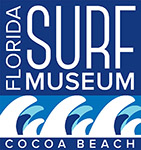






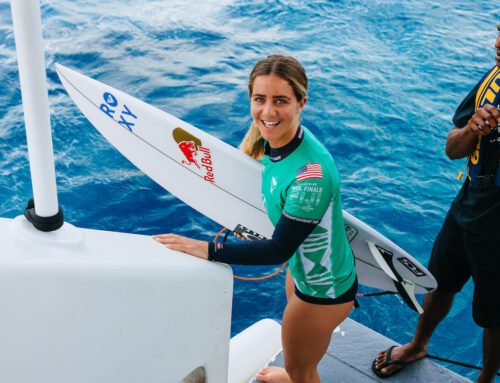
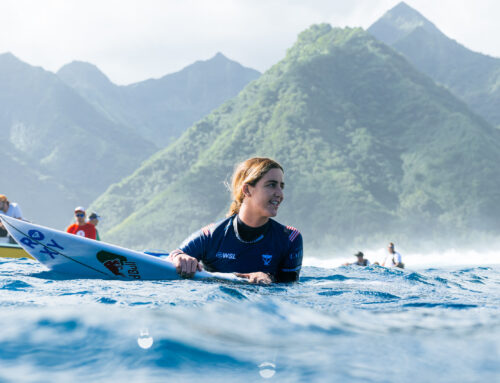
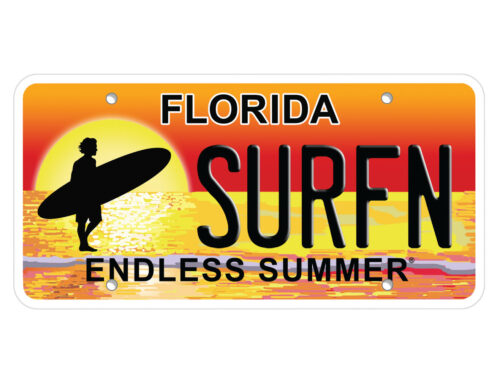
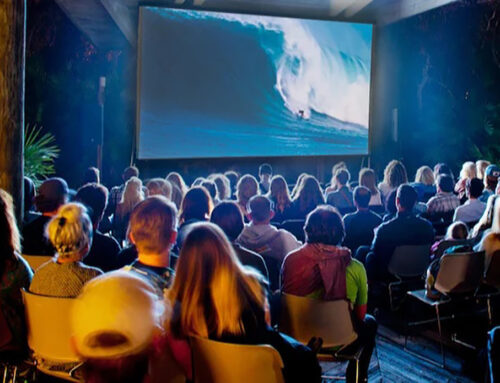

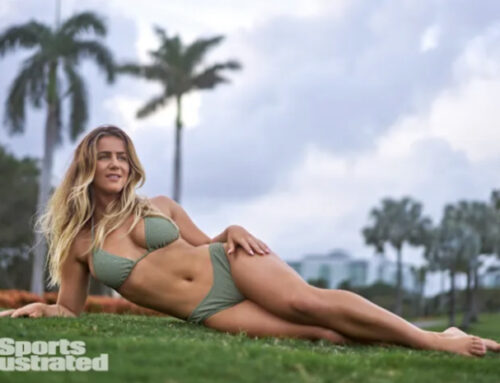
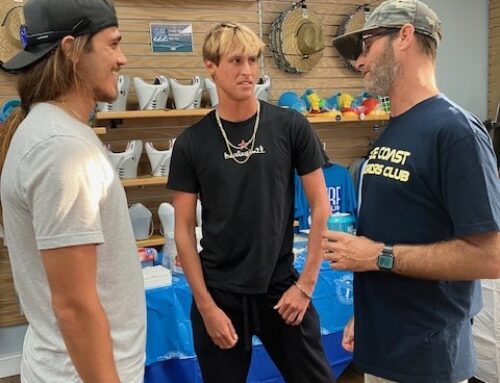

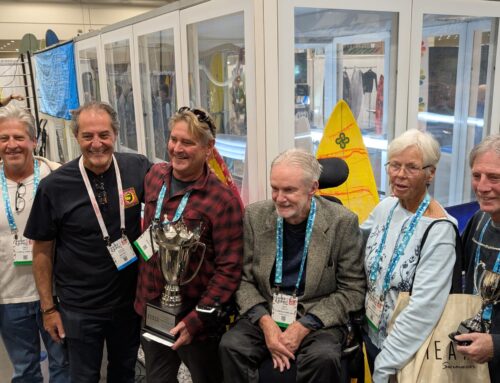

Hi, I have the first edition of SURF, VOLUME ONE, NUMBER ONE. Any interest in this magazine. There is a cutout on the front page when the mailing address is at though.
I also have this 1st volume #1 in mint condition with no cut out. Wondering if it has any value to a collector?
Tommy Clough or Scott Thomas I would be very interested in buying the first edition of SURF magazine, Thanks Steve
Hi my name is Tim Van Winkle. I’m Dick Van Winkle’s youngest child. Thanks for the write up about Surfing East Magazine.
My name is John Gundersen, the publisher and originator of Atlantic Surfing Magazine back in the 60s. I am in need of a complete set of Atlantic surfing magazines as well as a copy of Surf Humor. The few copies I have left are pretty tattered or missing completely. If anybody has any copies that they would like to sell, that are in good or excellent condition please get ahold of me. My email is w w w wo********@***oo.com